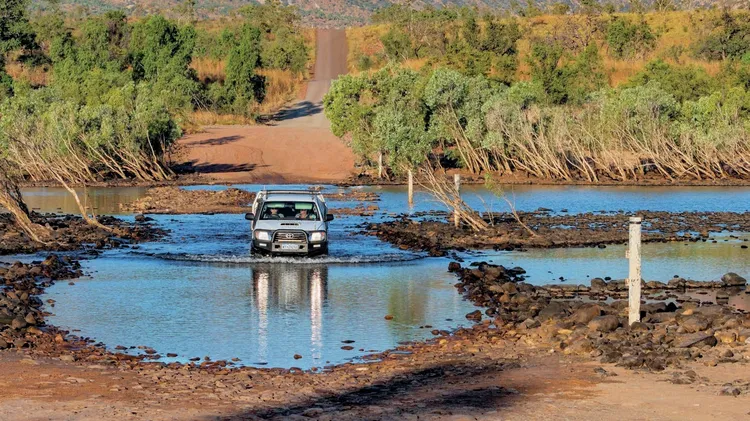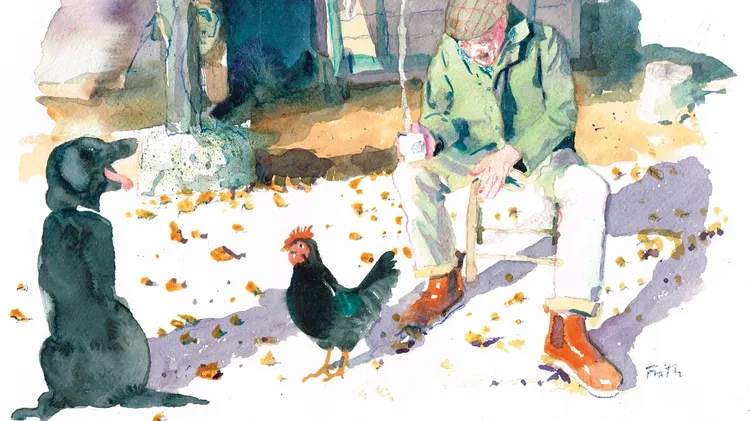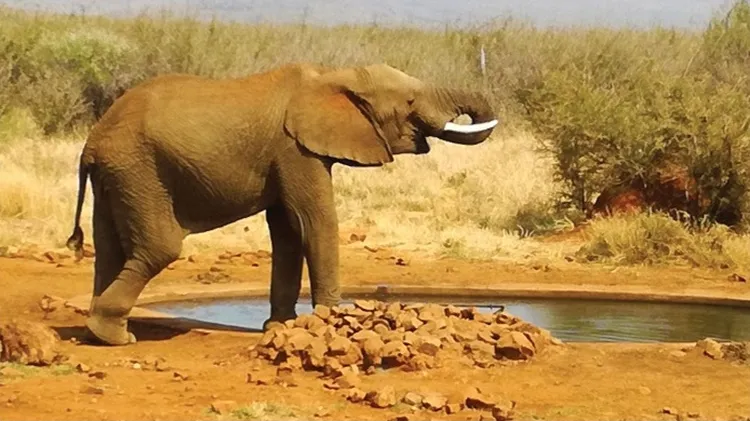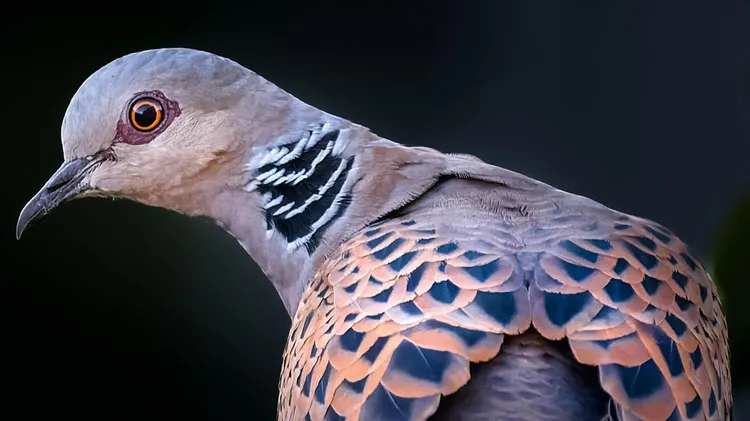Cassowaries live in the rainforests of Queensland. But despite their size, they’re
Big bird
9 min read
This article is from...
Read this article and 8000+ more magazines and newspapers on Readly






